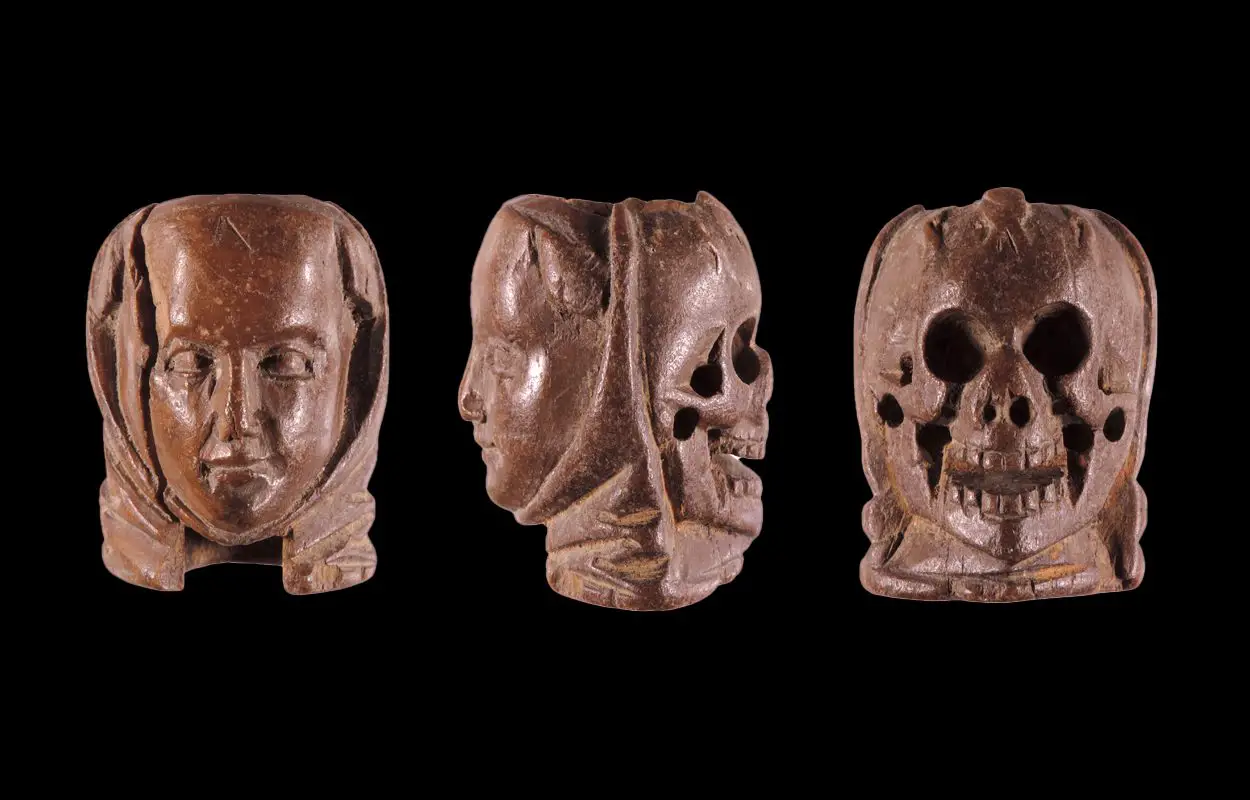The Portable Antiquities Scheme (PAS) has released its annual report on the wealth of archaeological treasures found in the UK.
The Portable Antiquities Scheme is a project managed by the British Museum to address the lack of provision for metal detectorists (and the general public) to be able to notify relevant authorities of archaeological discoveries and document objects in a curated database.
Sir Mark Jones, Director of the British Museum, recently said: “The British Museum is supportive of responsible metal-detecting, where detectorists follow the Code of Practice for Responsible Metal Detecting in England and Wales, which has been endorsed by the main metal-detecting, archaeological, and landowner organisations. As such, the degree to which the PAS has brought archaeologists and metal detectorists closer together for the benefit of our heritage cannot be overestimated.”

The PAS collaborates with 119 national and local partners, who have collectively documented more than 1.5 million objects. These records are accessible to the public through an online platform.
In the latest annual report that covers 2022, the PAS has documented 53,490 new submissions, 94% of which have been submitted by metal detectorists, and of which 1,384 have been reported as treasure under the Treasure Act 1996.

Bronze Age: 1,210 objects were recorded, which include a stone wrist-guard, a gold hoard containing a decorated bracelet and two gold strips or ‘ribbons’, a copper-alloy sword in the Ewart Park-type tradition, a faceted socketed axe, and a 3,000-year-old gold dress or cloak fastener.
Iron Age: 1,345 objects were recorded, including an extremely rare ‘mask brooch’, a complete copper-alloy strap mount, Gold quarter stater coins of the Belgae, high-tin copper-alloy ‘potin’ (coins), and 26 coins found hidden inside a flint container.
Roman Period: 18,495 objects were recorded, including a copper-alloy figurine of a satyr, a hoard of copper-alloy vessels, a silver openwork brooch, and numerous coin hoards.
Early Medieval: 2,774 objects were recorded, including a rectangular copper-alloy mounts, a Gold disc pendant, gold strap-ends, and a buckle plate decorated with champlevé enamel.
Medieval Period: 13,200 objects were recorded, which include a copper-alloy figurine, a gold locket in the form of a miniature padlock, and a carved bone rosary bead of memento mori type, showing the face of a young woman (possibly intended to represent the Virgin Mary) on one side and a skull (representing mortality) on the other.
Header Image Credit : PAS





